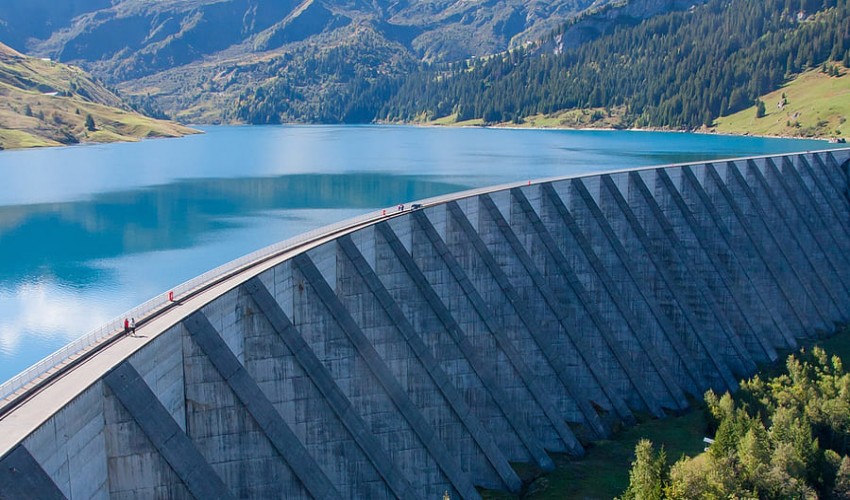
Water Resource Engineering
Water resources are natural resources of water that are
potentially useful. Uses of water include agricultural, industrial, household,
recreational and environmental activities. All living things require water to
grow and reproduce.
97% of the water on the Earth is salt water and only three
percent is fresh water; slightly over two thirds of this is frozen in glaciers
and polar ice caps. The remaining unfrozen freshwater is found mainly as
groundwater, with only a small fraction present above ground or in the air.
Fresh water is a renewable resource, yet the world's supply
of groundwater is steadily decreasing, with depletion occurring most
prominently in Asia, South America and North America, although it is still
unclear how much natural renewal balances this usage, and whether ecosystems
are threatened. The framework for allocating water resources to water users
(where such a framework exists) is known as water rights.
Surface water is water in a river, lake or fresh water
wetland. Surface water is naturally replenished by precipitation and naturally
lost through discharge to the oceans, evaporation, evapotranspiration and
groundwater recharge.
Although the only natural input to any surface water system
is precipitation within its watershed, the total quantity of water in that
system at any given time is also dependent on many other factors. These factors
include storage capacity in lakes, wetlands and artificial reservoirs, the
permeability of the soil beneath these storage bodies, the runoff
characteristics of the land in the watershed, the timing of the precipitation
and local evaporation rates. All of these factors also affect the proportions
of water loss.
Human activities can have a large and sometimes devastating
impact on these factors. Humans often increase storage capacity by constructing
reservoirs and decrease it by draining wetlands. Humans often increase runoff
quantities and velocities by paving areas and channelizing the stream flow.
The total quantity of water available at any given time is
an important consideration. Some human water users have an intermittent need
for water. For example, many farms require large quantities of water in the
spring, and no water at all in the winter. To supply such a farm with water, a
surface water system may require a large storage capacity to collect water
throughout the year and release it in a short period of time. Other users have
a continuous need for water, such as a power plant that requires water for
cooling. To supply such a power plant with water, a surface water system only
needs enough storage capacity to fill in when average stream flow is below the
power plant's need.
Nevertheless, over the long term the average rate of
precipitation within a watershed is the upper bound for average consumption of
natural surface water from that watershed.
Natural surface water can be augmented by importing surface
water from another watershed through a canal or pipeline. It can also be
artificially augmented from any of the other sources listed here; however in
practice the quantities are negligible. Humans can also cause surface water to
be "lost" (i.e. become unusable) through pollution.
- Water Resources Engineering
- Water Resources Systems Planning and Management
- Management of Hydraulic System
- Sustainable Development Approach
- Water Control and Measurement
- Surface Irrigation Systems
- Sprinkler and Trickle Irrigation Systems
- Nonpoint Source Pollution
- Planning and Design of Water Resources Systems
- Surface drainage Systems
- Irrigation Management for Water Quality
- Drainage and Wetlands Engineering
- Groundwater Technology
- Statistical Methods for Water Resources
- Advanced Groundwater Hydrology
- Surface Water Hydrology
- Integrated Water Resources Management
- Advanced Hydraulics
- Remote sensing and GIS for Water Resources
- Systems Analysis in Water Resources
- Soft computing and simulation in Water Resources
- Watershed Management
- Economics of Water Resources Planning
- Environmental Impact Assessment and Management
- River Engineering
Recent Published
Submit Manuscript
To give your manuscript the best chance of publication, follow these policies and formatting guidelines.


